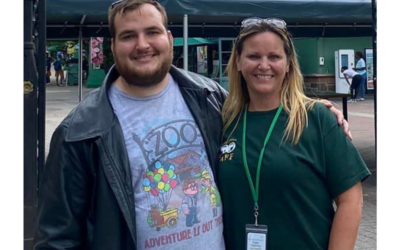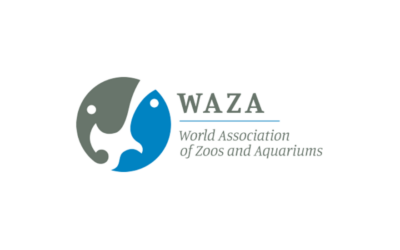Last week concluded our month of conversations focused on diversity, equity, inclusion, accessibility, and justice (DEIA-J). In our final conversation, we turned to you, our community members. Together, we generated outcomes, identified barriers, and made pledges to advance this work both locally and across the field. To recap, and for those of you who were unable to join us, we want to synthesize our findings from that discussion and identify common themes that we can take forward.
First, participants were asked to develop outcomes for what successful DEIA-J work would look like in the near-term (1-3 years) and a little further out (3-5 years). In the near-term, representation was a key theme in responses. Participants wanted to see more diverse leaders in executive positions and throughout the institution, from staff to volunteers, vendors, and donors. Many identified increasing representation as an opportunity to better match the composition of their institution’s surrounding community. Changes to hiring and recruitment practices, particularly the development of strategies to reach, hire, and retain more diverse staff members, was also a popular topic. However, the most resonant thread for the next one to three years included outcomes related to changing organizational culture. This included creating space for more authentic conversations, integrating DEIA-J efforts across the institution, and promoting continual learning and listening amongst staff.
Many of the same patterns persisted when participants were asked to envision outcomes for the next three to five years. Representation at all levels of staff continued to be very important, as did changing organizational culture so DEIA-J work became an expectation instead of a new initiative. But other outcome categories became more robust. On this time scale, we saw more outcomes related to changing messaging and creating more inclusive programming. We also saw requests for research and evaluation related to DEIA-J, as well as a desire for deeper and more widely available professional development opportunities.
Next, participants were asked to discuss what was holding them back–identifying barriers to progress in these areas. Three themes arose most strongly–lack of leadership buy-in, the presence of competing priorities, and a feeling of not knowing where to start. Participants wanted their institution’s leadership to get “on board” and recognize the validity of DEIA-J efforts, even amongst all the other day-to-day tasks and responsibilities inherent in the organization. But even then, participants were concerned that they did not have the in-house expertise to move forward; they cited the need for a cohesive plan of action. Additionally, participants identified fear of failure as a strong barrier, as well as institutional inertia–the tendency to keep going in the same direction because it is often easier than changing course. Coupled with these themes was a lack of confidence; many participants divulged they did not feel supported in their efforts and that their position at the institution did not give them the leverage to make change. Also within this realm, people of color stated they were often the only voice in the room representing POC and that load was exhausting to carry.
Lastly, we asked participants to pledge–what is the one thing you intend to do in the next year to move this work forward? The pledges came in quickly and with enthusiasm! Many people opted to focus the next year on listening more and continuing their own learning in these areas or doing the internal work necessary to support others. Some talked about concrete plans to change recruitment and hiring practices at their institution or create programs or committees to advance this work. By far the largest theme, though, was one of championing. Forty participants made a pledge related to advocating for or championing this work at their institution; these pledges included ideas like starting executive team meetings with a “diversity moment” to increase comfort levels and shining a light on BIPOC voices more deliberately. In a lovely summation, one participant wrote, “I pledge to actively engage in continued learning on the subject, regularly reflect on my own actions/thoughts/biases, implement intentional actions to further progress in ALL of my programs, and encourage others to join the journey.”
We could not be more thrilled with how the last month has unfolded and we simultaneously recognize that this is only a comma in our DEIA-J journey. We look forward to continuing this work with you all, both in our own internal spaces and on a professional level. If you have any questions about the data or would like to discuss other ideas to advance DEIA-J work in our field, please do not hesitate to reach out. We may not have all the answers, but we are passionate about finding pathways to solutions.





